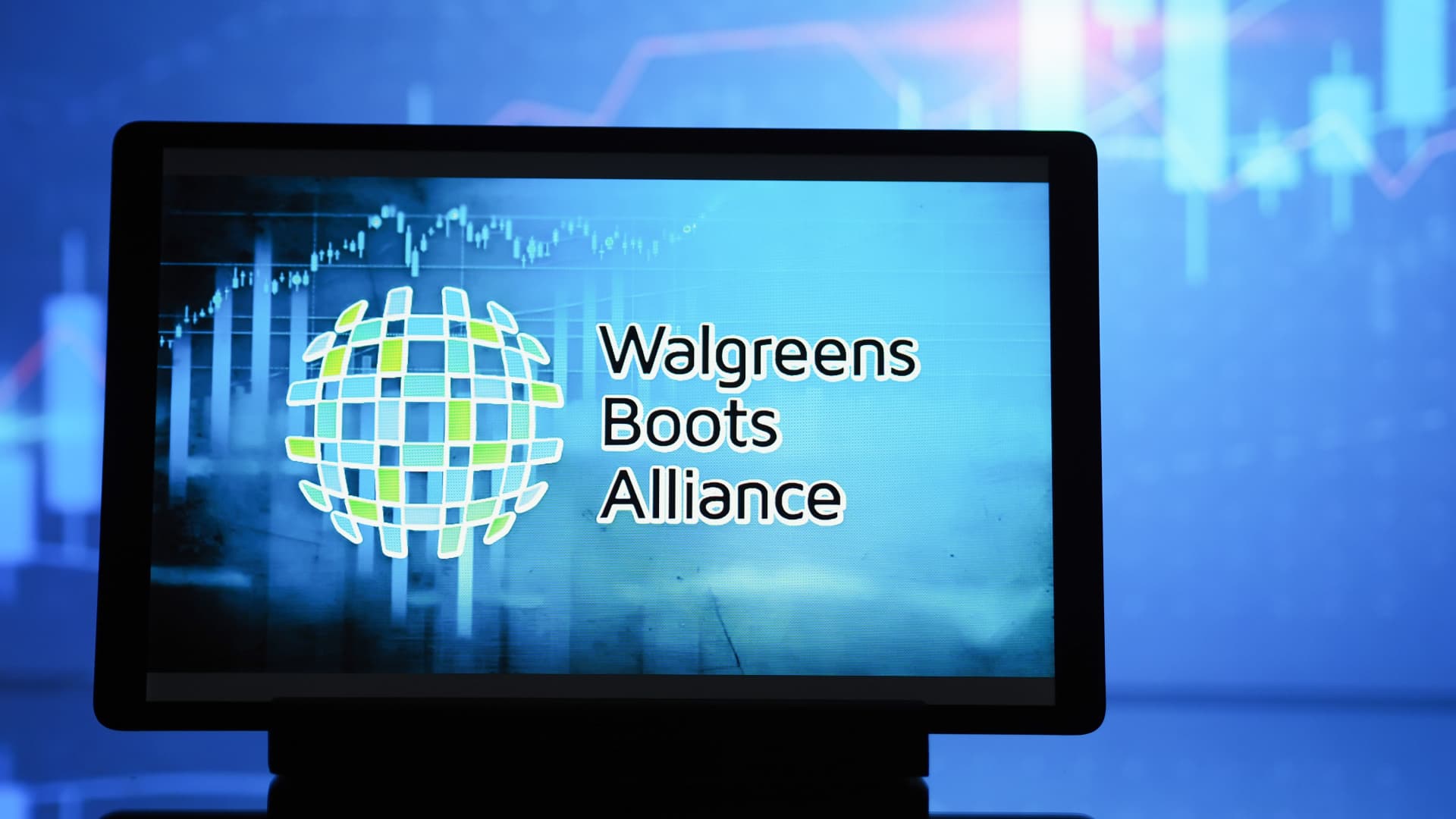
If history is any guide, Walgreens Boots Alliance may fare better after getting tossed from the Dow Jones Industrial Average . Amazon replaced Walgreens on Monday, marking the first change in the index since 2020. It comes less than six years after the U.S. and British pharmacy chain first joined the Dow, replacing General Electric. WBA mountain 2018-06-26 Walgreen’s stock performance since joining the Dow But a coveted spot in the 30-stock Dow may not prove all it’s cracked up to be for Amazon, which has surged more than 87% over the past year, helping to power the market higher alongside other megacap technology stocks. In fact, data shows that betting on a stock that’s leaving the Dow is often a better trade for investors than buying shares of a stock that’s entering the 127-year-old average. That could bode well for shares of Walgreens, which have been on a downward spiral for years, more than halving in value since joining the Dow. The stock dropped 28% in 2022, another 30% last year and is down more than 18% in the first two months of 2024. CNBC Pro used its stock screening tool to track the one-year performance of the last 10 stocks that went into the Dow versus the last 10 that left the blue-chip index. The search showed that stocks removed jump an average 23.3% in the following year, far outperforming the average 2.4% gain in those stocks that went in. Data from Ned Davis Research shows a similar pattern. Stocks removed from the Dow since 1972 jumped an average of 17.5% in the year after stocks left the Dow since 1972, while stocks that were new to the blue chips scored a 10% gain, NDR said. What history shows Alcoa was the best-performing stock among the last 10 outgoing Dow members. The aluminum stock, along with HP and Bank of America , was replaced by Nike , Visa and Goldman Sachs in 2013. In the year that followed, Alcoa surged 91% and HP added about 72% while Bank of America tacked on 18%. Of the three additions that year, Nike saw the largest share price appreciation: roughly 16%. Other companies that left the Dow also posted strong returns. RTX Corporation , Exxon Mobil and Pfizer were also ejected from the Dow in 2020, and in the year that followed, surged roughly 39%, 37% and 29%, respectively. Two of their replacements — Salesforce and Amgen — declined about 3% and 11%, respectively. Even Apple wasn’t immune, falling more than 17% in the year following its elevation to the Dow. The trend isn’t fail safe. For example, Honeywell International surged more than 40% one year after joining the Dow, while UnitedHealth rallied nearly 28%. General Electric , the last of the original 12 Dow stocks, plunged about 58% one year after leaving the average in 2018. AT & T and DuPont de Nemours fell more than 14% and 21%, respectively, in the year after getting booted from the Dow. — CNBC’s Fred Imbert contributed reporting.
